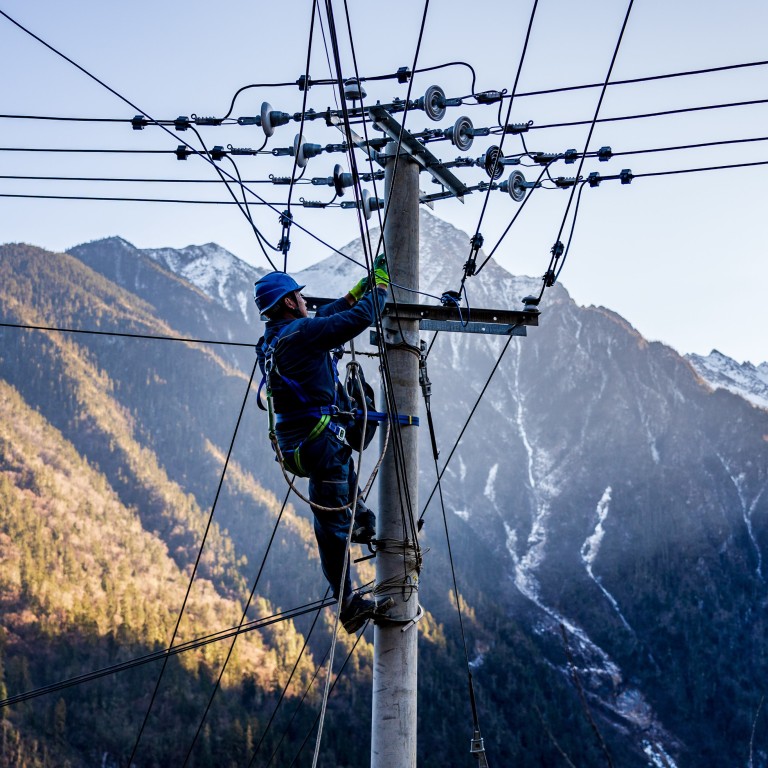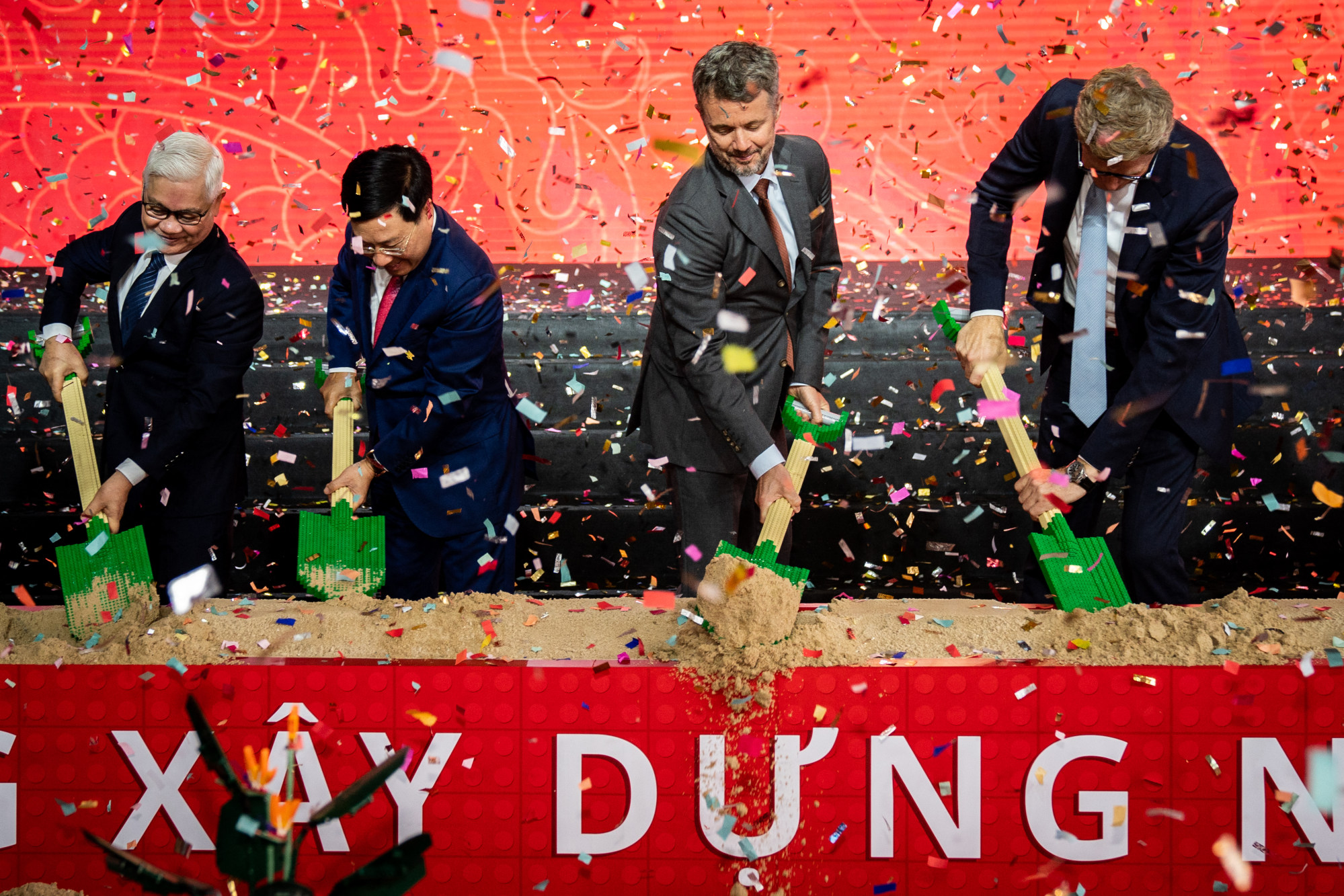
How China’s mergers and acquisitions abroad are shifting amid headwinds
- Chinese deals have dropped to a 17-year low in the US as M&A shift towards the rest of Asia, Middle East and elsewhere
- While deals have dipped overall, there are reasons to be optimistic about the second half of the year, such as in the life sciences
This heightened regulatory environment has pushed China to pivot its investments from the historically attractive markets of the United States and Europe towards other parts of Asia and the Middle East. As a result, Chinese M&A activity in the US has dropped to its lowest in 17 years, with just US$221 million invested so far this year, compared to US$3.4 billion for the same time last year, according to data from Dealogic.
Activity on Datasite’s platform shows this, too, with China deals down 23 per cent year on year in the first seven months of the year, led by fewer consumer, tech, media and telecoms, and industrial deals. By contrast, M&A activity in the Asia-Pacific is up by 42 per cent year on year.
The drastic dip in Chinese cross-border M&A activity isn’t attributable to the US alone. Chinese deals in Germany total just US$189 million so far this year, the lowest in more than a decade, according to Dealogic. Activity in the United Kingdom and Australia are also down, at just US$503 million and US$228 million respectively.

The aftershock of the 2016 deleveraging campaign combined with the latest heightened regulatory environment mean that many Chinese investors are also “self censoring”: opting not to pursue cross-border takeovers, citing concerns about being banned. This led to more deals being blocked, or withdrawn due to regulatory concerns, including in technology and resources.
As China’s cross-border M&A activity dipped, foreign investment banks struggled to remain active in China’s initial public offering (IPO) market. As of early June, foreign banks had been involved in barely 1 per cent of the 109 IPOs in China’s vast stock market this year.
Still, there are reasons to be optimistic about the second half of the year. Datasite shows that China life science deals are up 40 per cent year on year in the first seven months of this year, prompted by continued healthcare, pharmaceutical and biotech demand. And since this data captures deal-making activity at its inception, rather than when publicly announced, it’s an encouraging sign of M&A activity to come.
Despite concerns around another Covid-19 wave, geopolitical tensions and regulatory requirements, China’s market size, growing middle class and advanced manufacturing capabilities still make the region attractive to foreign investors.
On top of this, digital innovation is transforming how deal-makers approach M&A. Companies are addressing the challenges of disconnected deal-making systems by providing centralised, online deal rooms. This allows deal-makers to manage all the distinct phases of the deal-making process, promoting fast, efficient and secure M&A transactions.
Merlin Piscitelli is chief revenue officer for Europe, the Middle East and Africa at Datasite



